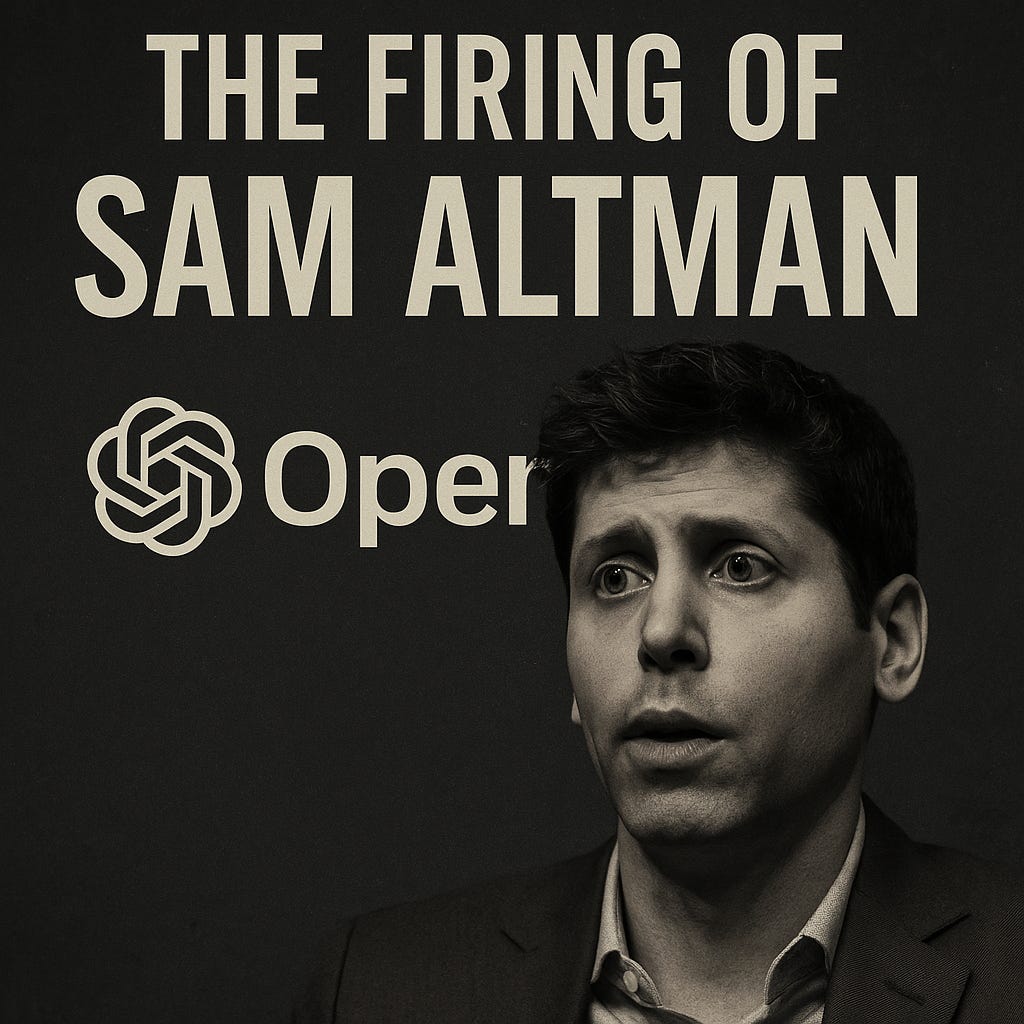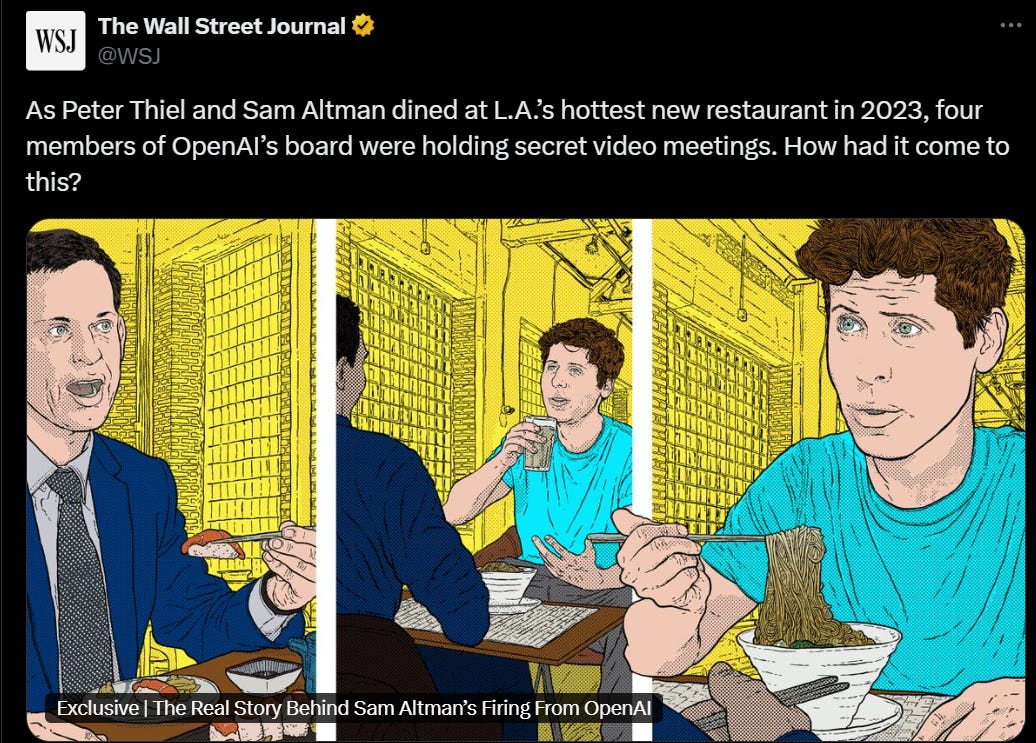
 LessWrong (Curated & Popular)
LessWrong (Curated & Popular) “OpenAI #12: Battle of the Board Redux” by Zvi
Apr 3, 2025
Dive into the chaotic saga surrounding Sam Altman's turbulent tenure at OpenAI. The discussion dissects claims of misconduct and the intense battle for control over the narrative. It highlights how misleading information and internal conflicts shaped board decisions. The need for proper governance and accountability takes center stage, as the host critiques the dangerous implications of false narratives in the tech world. Insights and key facts shed light on the complexities of leadership in this rapidly evolving landscape.
AI Snips
Chapters
Transcript
Episode notes
Reason for Firing
- Sam Altman's firing from OpenAI stemmed from unacceptable conduct, including dishonesty and toxicity.
- This behavior warranted his dismissal, despite the later narrative surrounding AI safety concerns.
Altman's Misconduct
- Altman repeatedly lied to and mistreated OpenAI employees, withholding crucial information from the board.
- The board's reliance on Myra Murati's account complicated their disclosure process.
Lack of Transparency
- Altman's lack of transparency with the board, including withholding information about ChatGPT and GPT-4 enhancements, was a major issue.
- His unauthorized launch of Sydney, with potential lasting impacts on future AIs, further compounded the problem.


